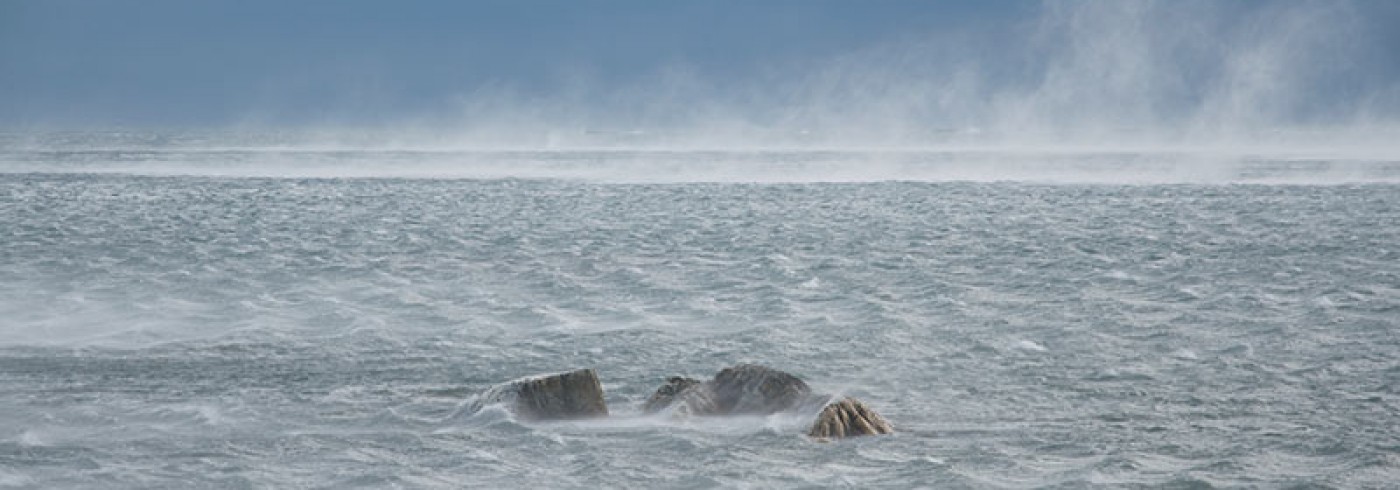The preservation of artefacts in the Arctic environment
The general opinion is that the Arctic climate is more preserving for both organic and inorganic materials in comparison with the middle European environment. This statement was the incitement for me to start an investigation at the SWEDARCTIC 2000 expedition to Spitsbergen.
The conservation policy on the islands defined by the Governor of Svalbard also reflects this statement. The artefacts in the ground dating back to before 1946 shall not be moved, they are protected by the regulations concerning cultural heritage. The natural deterioration process will determine how long the artefacts will exist. This policy has probably emerged from the earlier isolation, severe climate and the difficulty in eliminating the refuses.
Near the old abandoned mines the house foundations can be explored. The artefacts are exposed in the turf and they tell their own story. As a visitor and conservator the experience was fascinating – the frozen event. Without being pointed out by signs and maps the ancient remains are shockingly accessible when you find them.
The tourism is increasing, research expeditions are moving and the islanders are also touring on the islands. The major threats to the remains are souvenir hunters. Most objects still look like disposals to many people but in their context for the researchers they represent a scientific source. All archaeology is based on disposals from human activities.
To excavate the sites is usually the only option left when the threats become too severe. The finds will then be separated from the site and the total experience of the frozen event will be lost. These discussions are inevitable and are in process at the cultural heritage office of the Governor of Svalbard.
In the outdoor environment the preservation potential for organic material is probably high due to the lack of surviving microorganisms and relatively cold and dry climate. The question is whether the metals are preserved in the same environment. In the mining areas sulphur and coal dust together with the salt aerosol from the sea could increase the corrosivity. The aim of the project is to compare the outdoor and the indoor corrosivity with similar measurements made in Sweden.
To measure the corrosivity indoor and outdoor two stations was set up at the Svea coal mine. One is placed in the museum storage and the other under a shed, protected from rain, snow and wind hut in the open air. The station has metal coupons of carbon steel, copper, silver, lead and zinc. The coupons are produced and analysed after the exposure of six months by the Swedish Corrosion Institute. In the storage passive samplers for organic acids and aldehydes were also exposed as well as data loggers for temperature and relative humidity. The indoor station function as a reference for a Swedish research project called Neutral materials in the museum environment.
A documentation of the objects in the storage and in the open air was accomplished. A report with suggestions for the conservation of the museum objects will be produced. The conclusions from the results of the corrosion measurements will be drawn next year. Samples of chemical products found in house foundations was taken for chemical analysis.
Dates
11–24 August 2000
Participants
Principal investigator
Monika Fjaestad
Conservation Department, National Heritage Board
Stockholm, Sweden
References
Barr, S. 1998. Kulturminner og kulturvern. In: Svalbard vart nordligste Norge. Torkildsen, T. (ed.). Aschehoug, Norge: Oslo, 256-261.
Corrosion of metals and alloys- Corrosivity of atmospheres- Classification, International Standard, ISO 9223, ISO, Switzerland: Geneva, 1992.
Jakobsson, R.H. and Kellerman, R. (1979). Sveagruvan på Spetsbergen. Axplock, Sverige: Vagnhärad.
Johansson, E. (1998). Corrosivity Measurements in Indoor Atmospheric Environments – A Field Study. Royal Institute of Technology, Licentiate Thesis, Sweden: Stockholm.

